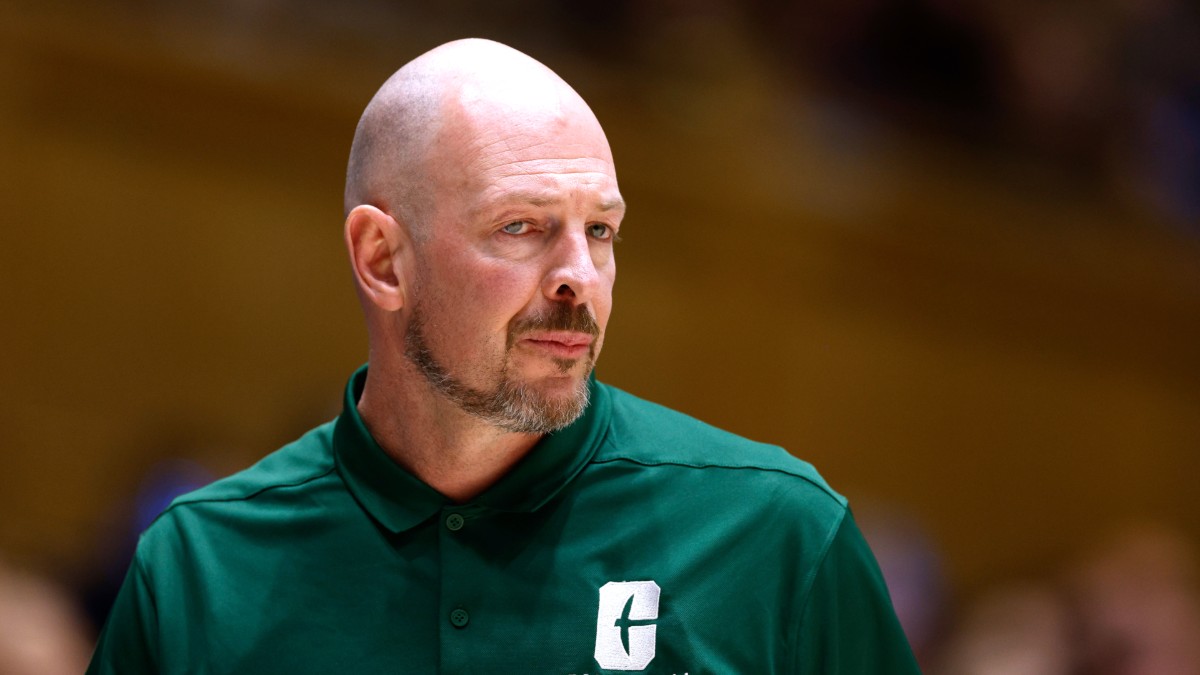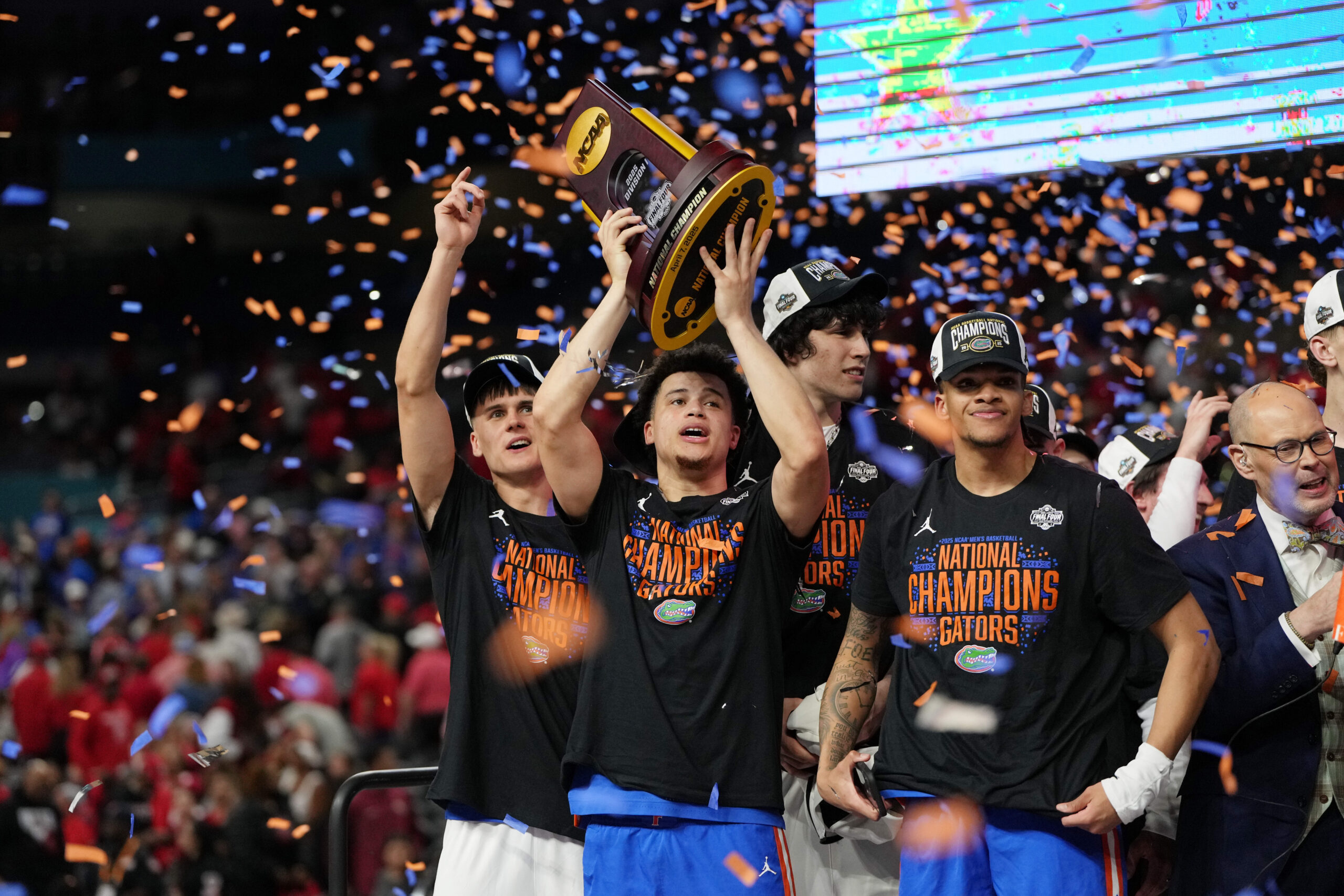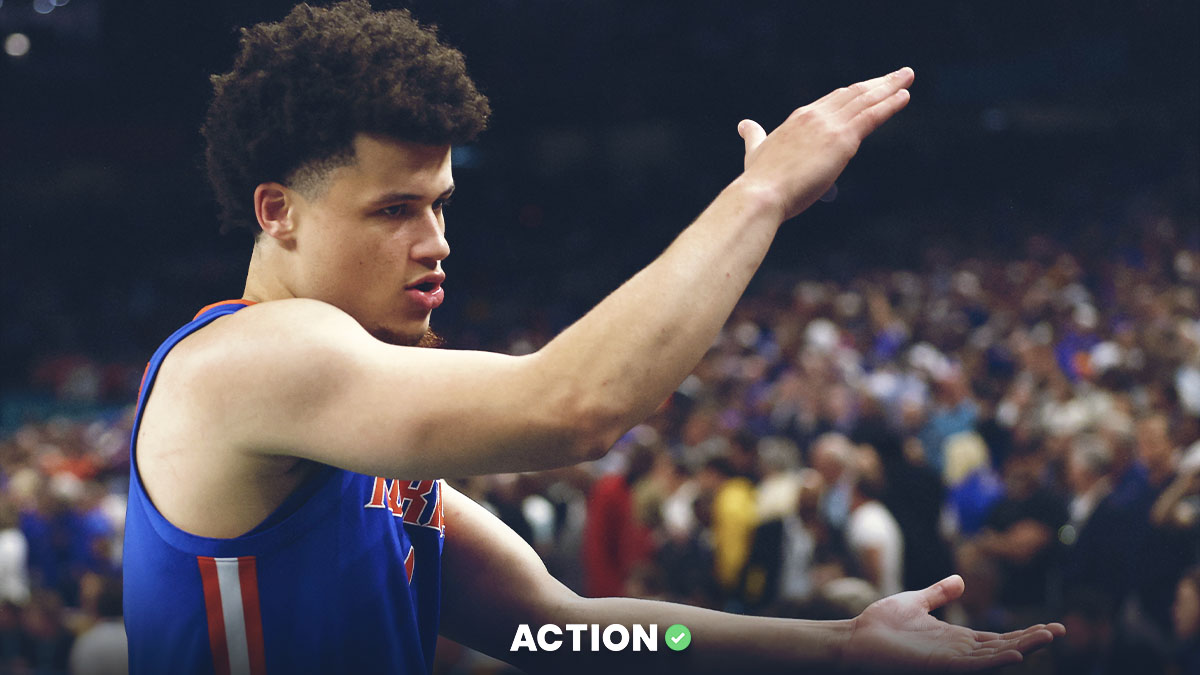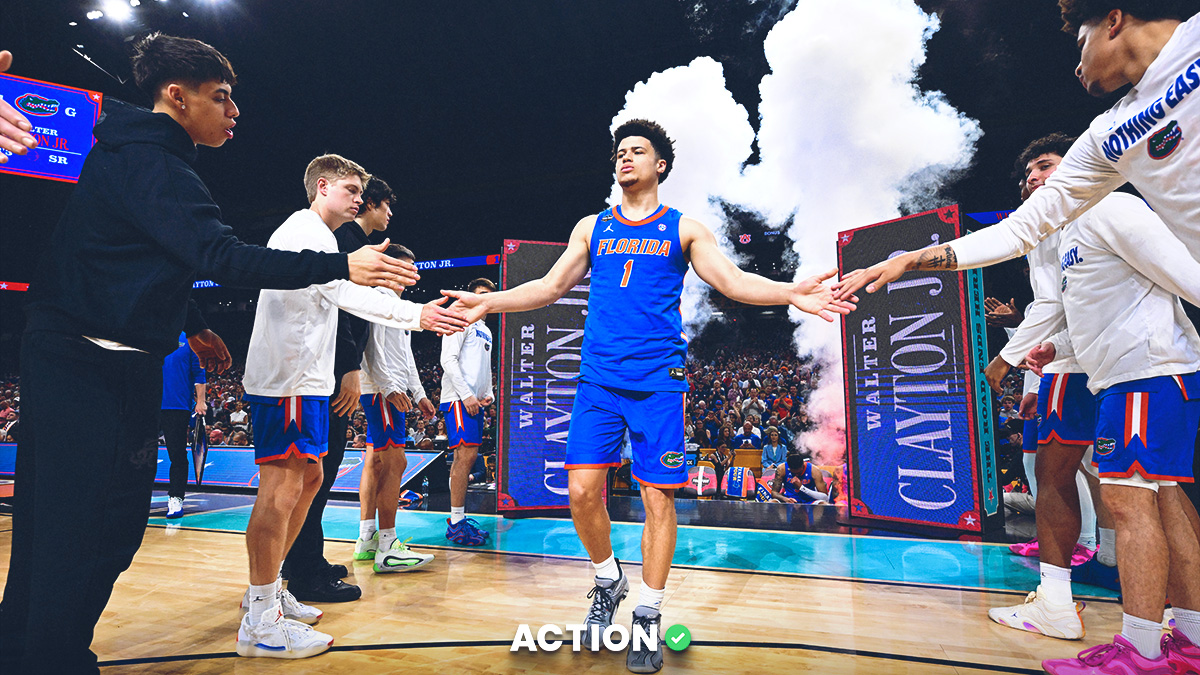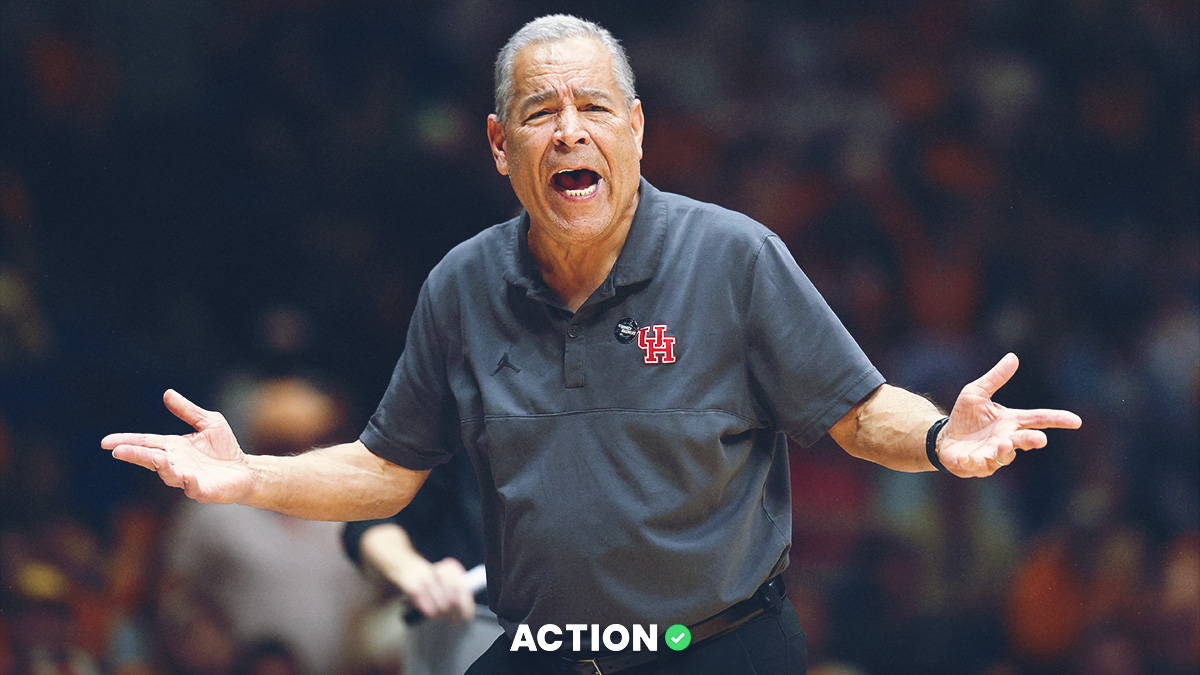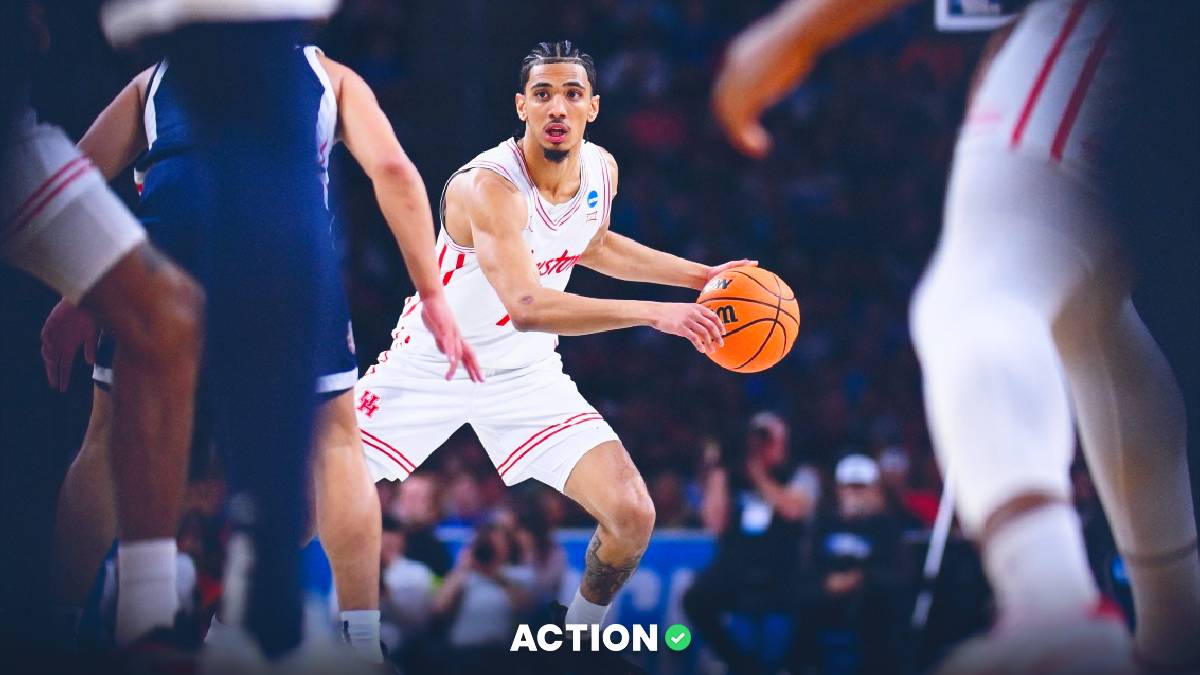The AAC houses multiple program renaissances this year, inciting predictable “fake or for real” social media skepticism.
Conference-leader South Florida has caught most of these strays, but Charlotte may soon be the mob’s next target. The Niners, who dropped two games in a row for the first time in their conference campaign at Memphis and at Tulsa in late February, should be shielded from such criticism.
So, here's my full breakdown of the Charlotte 49ers, especially for success in March on North Carolina betting apps.
Charlotte Betting & Team Breakdown
For starters, Aussie Aaron Fearne is far from your run-of-the-mill interim-turned-head honcho. Fearne’s success as a coach in the Land Down Under immediately caught the eye of sharp hoop heads here in America. He quickly rose to the top end of the Charlotte coaching staff ranks under former mentor Ron Sanchez.
Fearne is a devout disciple of his former boss’ packline defense, but Fearne brings more innovative offensive designs, enabling a harmonious balance on both sides of the ball.
Charlotte ranks top-five in the AAC in both Adjusted Offensive Efficiency and Defensive Efficiency, a refreshing stabilization of its see-sawing offensive and defensive prowess in past years.
The Niners’ team size (24th in KenPom’s Average Height metric) and collective experience (96th in KenPom’s Experience metric) contributes to consistency.
Since landing on a preferred starting lineup on January 6, Charlotte is 74th nationally in Adjusted Net Efficiency, per Bart Torvik, which ranks only behind SMU during that span.
While Charlotte’s relative road woes are a bit concerning, its DNA profiles well in a postseason format, which should translate at both the AAC tournament in Fort Worth and perhaps beyond, given a non-NCAA tournament bid seems likely — look no further than the Niners’ March run last year.
The counterpoint to Charlotte’s legitimacy is its favorable opponent 3-point FG%. Teams are shooting only 29% from long distance against Charlotte in AAC action, but this is far from a simple “good luck” story.
Their airtight defensive shell and rigorous defensive rotations forces teams into deep, low percentage heaves late in the clock. Per ShotQuality, Charlotte ranks inside the top-60 in opponent 3-point field goal quality, implying it allows low quality looks from behind the stripe.
The length inside is especially troublesome for other rim reliant offenses. Former Pac-12 product Dishon Jackson, who's rapidly improving after missing nearly two full years due to injury, is a destroyer in the paint with untapped potential still in the tank.
Fellow forward Igor Milicic Jr. has also blossomed into a stout defender after being schooled under Tony Bennett’s tutelage for multiple years at Virginia.
Where Charlotte may fall short is shotmaking, but Lu'Cye Patterson’s emergence has kept those concerns at bay, mostly. However, in losses at Memphis and at South Florida, Patterson was kept in check, puncturing the life out of Charlotte’s offensive rhythm.
Patterson’s unorthodox scoring profile — while not exceptionally quick, he’s a burly, crafty scorer — can be a tough matchup for many but can be guarded against by teams with physical wings, and there are many in the AAC.
At large, the AAC’s impressive size and athleticism has also neutralized the Niners on the offensive glass. Again, this may be an issue in the AAC Tournament, but Charlotte may find a second wind in the NIT, CBI or CIT, should it find itself in the postseason picture again this season.
As for the AAC’s auto-bid chase, the importance of a top-four seed can't be understated. Plenty of dangerous darkhorses lurk in the 5-10 seed range, but winning four games in four days is a tall order, especially in the quarterfinals against a rested top-four opponent.
For context, Wichita State (back in 2019) was the last team in this format to advance to Saturday after playing Thursday and Friday back-to-back. In short, the rested favorites in the top-four seed slots have a major edge on that Friday.

